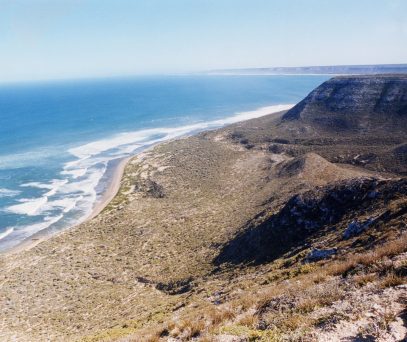
Cap Sainte Marie
On the plan
VISIT US
Depending on your means of transport :
- Ground Transportation
-Toliara Cap Sainte Marie: 505km.
-Fort Dauphin- Cap Sainte Marie: 233Km is inaccessible during the rainy season.
-Ambovombe Androy-Cap Sainte Marie: 126 Km is inaccessible during the rainy season.
-Tsihombe-Cap Sainte Marie: 63 Km
-Faux Cap-Cap Sainte Marie: 54 Km
-Lavanono-Cap Sainte Marie: 23 Km
2hrs 30mins from Tsihombe, RN10 to the south; 45mins from Lavanono, to the east, and approx. 2hrs from Faux Cap to the west.
Tips for reaching the Park/Reserve:To reach the Cap Sainte Marie Special Reserve by 4x4 car, from Tsihombé, take the RN10 junction (Tsihombé), follow the carriageway to the C/R of Marovato for 35km and discover the office of the UG of the Cap Sainte Marie Special Reserve after 18km from Marovato. It is advisable to take the second road from Beloha, leaving the RN10, to Lavanono towards Cap Sainte Marie, a distance of 65km.the track is always sandy and passable all year round, with difficulties in February and March (cyclone season).
- Maritime transport
None
- Air transport
None
Activities available
- Camping,
- wildlife observation,
- guided tours compulsory.
Visitor facilities
- Reception desk
- camping areas with 03 tent shelters
Visiting tips
April-September:
- hats,
- sun cream,
- walking shoes,
- drinking water packs
- bathing suits are essential (July to September, the temperature at Cap Sainte Marie is a stifling 38°C, so watch out for scratches from thorny plants, guide required).
Fees and rates
Download the reference document to find out more about park fees and charges.
The circuits
| Tours | Summary | Difficulty | Duration | Tour plans |
|---|---|---|---|---|
| GROTTE CIRCUIT | 1km200 round trip, in 2h 30mn walk; medium gradient and exposed to the sun. Attractions: beach, cave, pieces of eggshell from the famous elephant bird called Aepyornis sp can be seen in abundance on the sand dune. | 2h 30min | ||
| CAP CIRCUIT | 2km non-loop circuit in 1h 30mn walk. Attractions: Visits to the lighthouse, panoramic scenery along the cliffs, southern point of Madagascar (the real Cap sainte Marie), quiet and peaceful place for whale-watching (July to mid-November), sunset photography. | 1h 30min |







